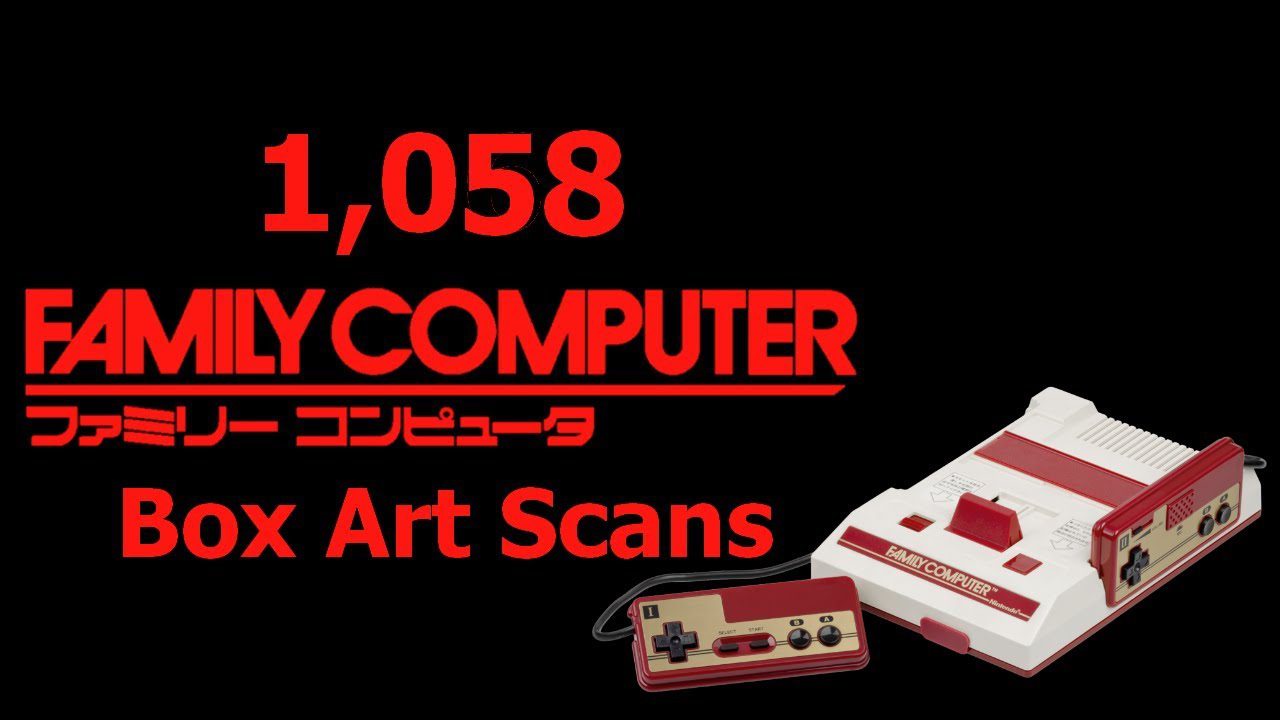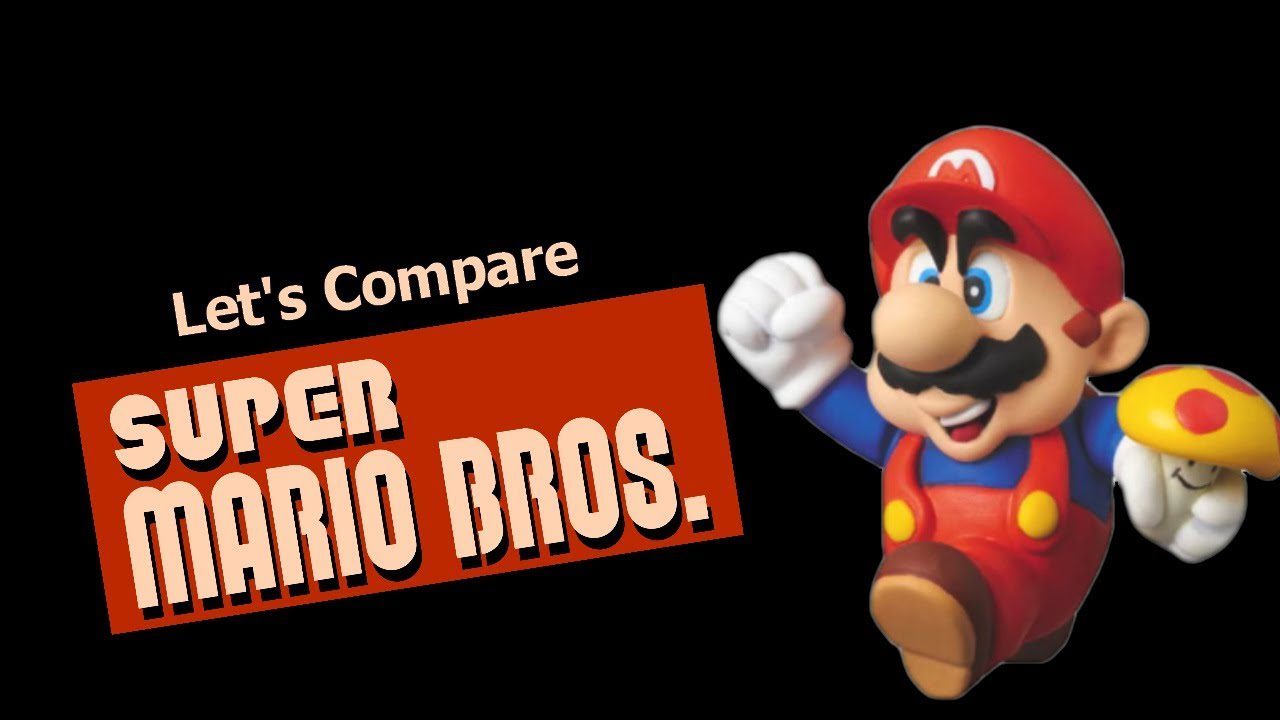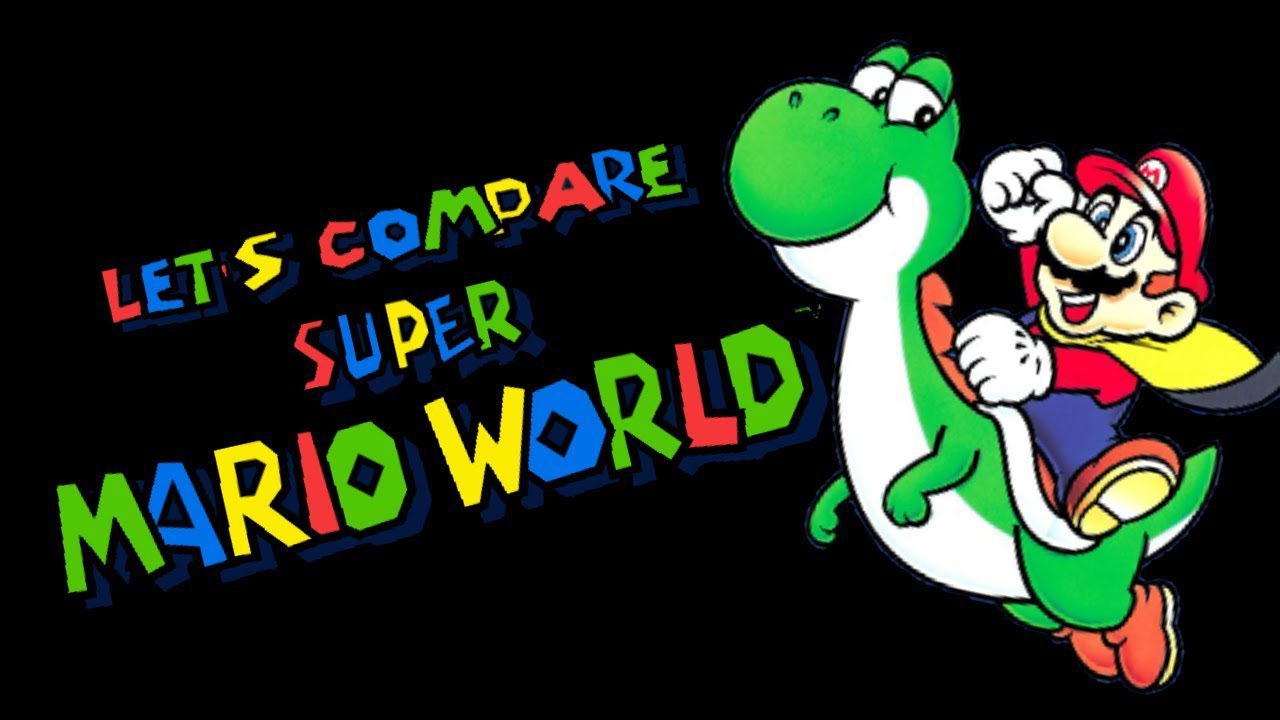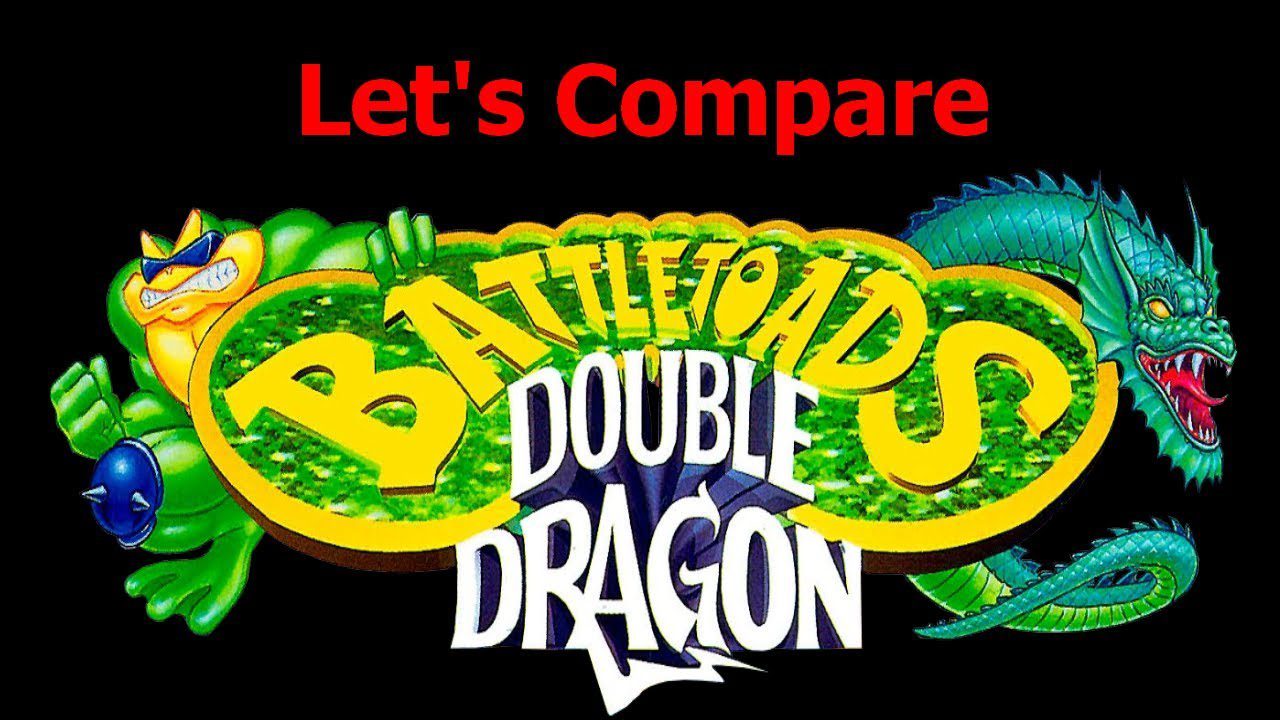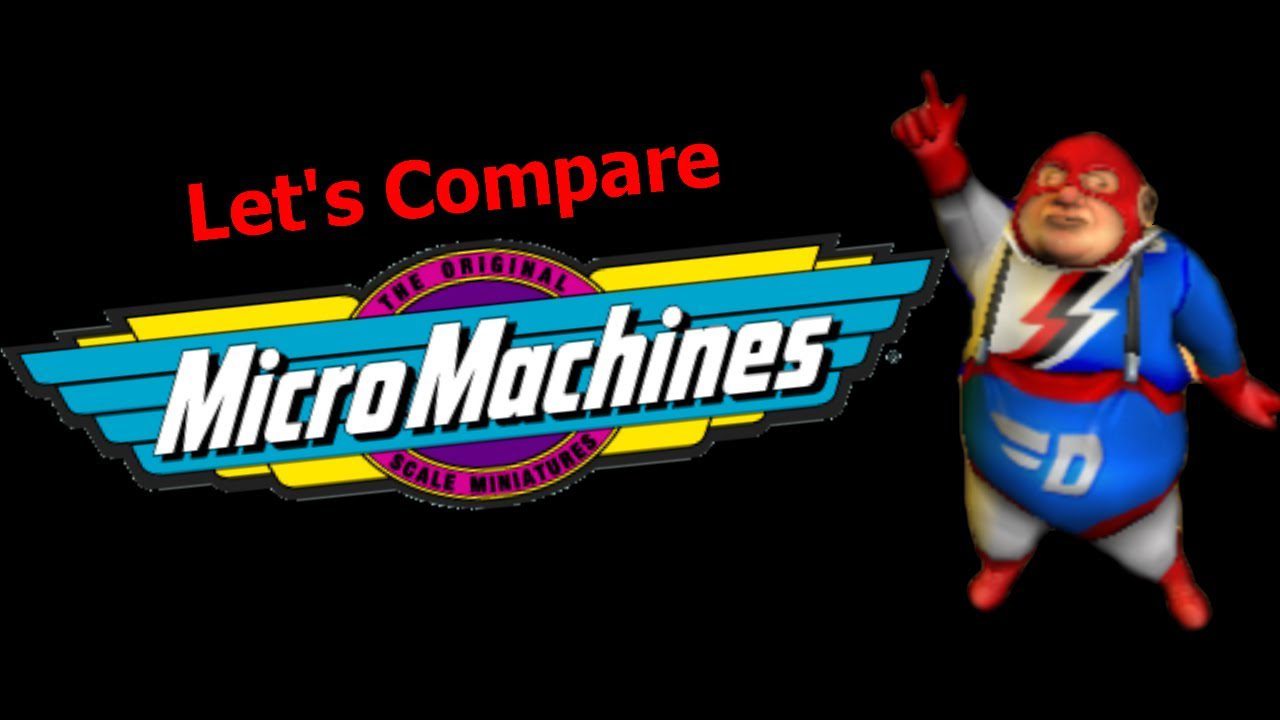Let’s Compare ( Micro Machines )
Gaming History Source
If you like these videos, Please Consider becoming a patreon.
https://www.patreon.com/ghs?ty=h
Like us on Facebook !
https://www.facebook.com/GamingGeeks
Video Locations:
1. Gameboy 0:53
2. Nintendo Entertainment System 4:22
3. Game Gear 7:51
4. Sega Master System 11:20
5. MS DOS 14:49
6. Genesis / Mega Drive 18:19
7. Super Nintendo 21:48
8. Amiga 25:17
9. Phillips Cdi 28:46
10. Gameboy Advance 32:16
11. Playstation 2, Xbox, Game Cube
Intro: 35:15
Game play: 37:30
Video Description Source:
https://en.wikipedia.org/wiki/Micro_Machines_(video_game)
Micro Machines is a racing video game developed by Codemasters and originally published by Camerica for the Nintendo Entertainment System (NES) in 1991. Themed around Galoob’s Micro Machines toys, players race in miniaturised toy vehicles around various environments. The game is the first instalment in the Micro Machines video game series.
Micro Machines was developed because Galoob wanted Codemasters to develop a game based on their toy brand, although Galoob and Codemasters encountered legal issues with Nintendo over the game being unlicensed. Micro Machines was ported to several systems, and received remakes for the Xbox, PlayStation 2, and GameCube in 2002. Micro Machines’s reception was positive, with reviewers praising the originality and two-player mode, although some criticised the sprites on some versions. A sequel, Micro Machines 2: Turbo Tournament, was released in 1994, and the series was revived in 2016 with the release of a title for iOS and Android.
Gameplay:
Micro Machines is a top-down racing game: players observe races from above. Players race in environments such as breakfast and pool tables, work desks, and treehouses, driving toy vehicles such as powerboats, helicopters, formula one cars, and tanks that can shoot other racers. Courses have a predefined path that racers must follow: if a player leaves the defined route for too long they are sent back to the track. Many have obstacles such as cereal boxes on breakfast tables, and pencil sharpeners on desks.
There are two game modes: the Micro Machines Challenge, and head-to-head. In both modes, players select a character. In Micro Machines Challenge, players race against three computer-controlled opponents, and must finish in first or second to qualify for the next round. Players are given three chances: if all three are lost the game is over. Every three races, players compete in a time trial race to earn an extra chance. In head-to-head, players race against another vehicle. Players are colour-coded, and the goal is to get lights on the screen to show the player’s colour by getting a screen ahead of the other player, so the trailing player is no longer visible. When this happens, one light turns to the colour of the leading player. The game ends when all eight lights are one colour, or after three laps, in which case victory goes to the player with the most lights. If the game is tied, there is a “sudden death play-off”, where the next player to win a light wins. The game starts with four lights of each colour. Head-to-head can be played in either single-player mode or with two players. With two players, certain characters have a handicap to give the other player a better chance. The Game Gear version supports two players via link-up, or by players holding one end of the console each with one player using the buttons and the other the D-pad.



